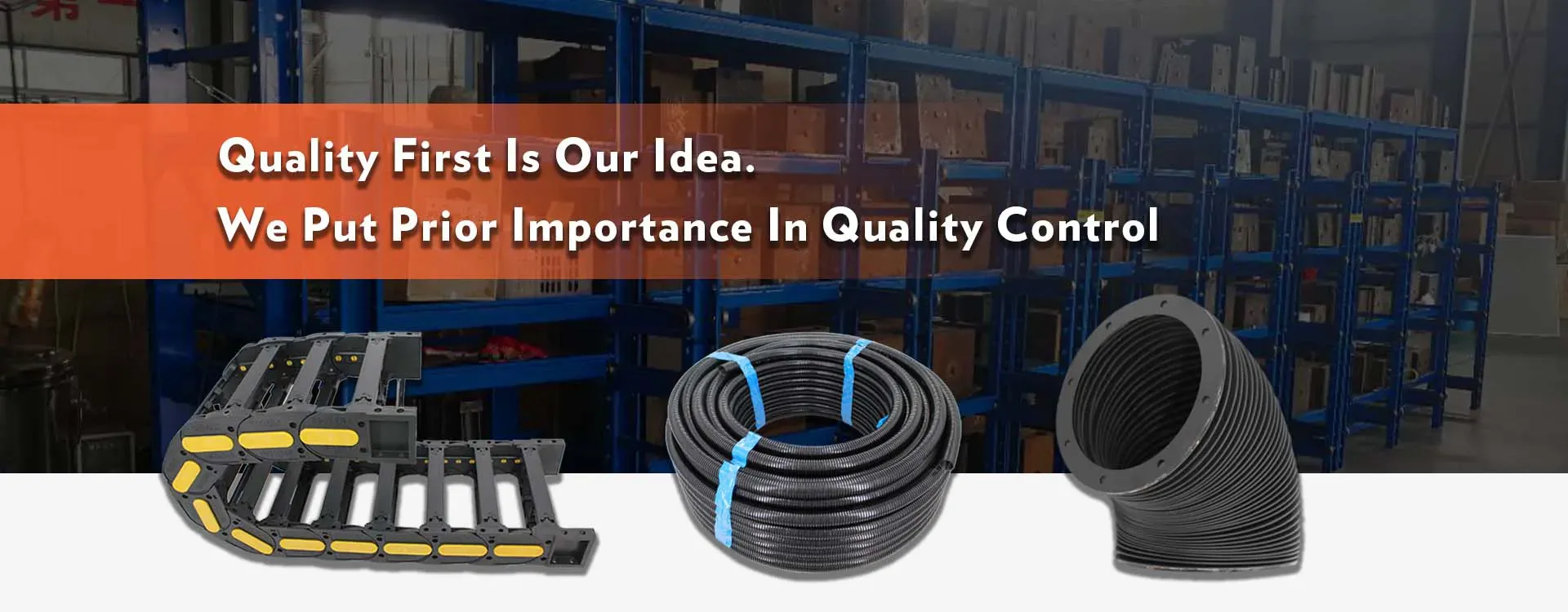cable carrier system
The Cable Carrier System An Overview of Its Importance and Functionality
In modern industrial settings, efficient management of cables is crucial for ensuring optimal performance and safety of machinery and electric systems. The cable carrier system, often referred to as cable track or drag chain, plays a vital role in this regard. This specialized system is designed to support, protect, and organize cables as they move with machinery, thereby preventing wear and tear and enhancing operational efficiency.
What is a Cable Carrier System?
A cable carrier system is a structural assembly that houses moving cables, hoses, and other flexible components. It consists of a series of interconnected links that form a track-like channel through which cables are guided. The carriers can move in conjunction with robotic arms, conveyor systems, or other automated machinery, facilitating the smooth transmission of power and signals without tangling or damaging the cables.
Key Components of Cable Carrier Systems
1. Links The primary building blocks of a cable carrier are its links, which are often made from durable materials such as plastic or metal. These links are designed to interlock, creating a flexible yet sturdy pathway.
2. End Connectors These components attach the cable carrier to machinery and other structural elements. They help provide stability and ensure that cables are properly aligned during movement.
3. Cable Support System Within the carrier, cables can be organized and separated using dividers or supports. This prevents abrasion and minimizes interference between different types of cables (power, data, pneumatic, etc.).
4. Mounting Brackets These features allow for easy installation of cable carriers on various machinery configurations, ensuring compatibility and reliability.
Advantages of Using Cable Carrier Systems
cable carrier system

1. Protection of Cables One of the most critical functions of cable carriers is to protect cables from abrasion, stress, and environmental factors. By channeling cables, carriers reduce the risk of tangling and breaking, which can lead to costly downtimes.
2. Increased Lifespan The protective design of cable carriers significantly extends the lifespan of cables and hoses, thereby reducing the need for frequent replacements and maintenance. This not only saves time but also reduces operational costs.
3. Enhanced Safety With organized and secured cables, the risk of accidents in workplaces significantly decreases. Loose or tangled cables can create tripping hazards or cause machine malfunctions.
4. Improved Efficiency By providing a designated pathway for cables, cable carrier systems enhance the overall efficiency of automated processes. This is particularly important in production environments where high-speed operations demand reliable and easy-moving cable solutions.
Applications of Cable Carrier Systems
Cable carrier systems are employed across a wide range of industries, including manufacturing, automotive, aerospace, and robotics. In manufacturing, they support industrial machines, allowing them to function seamlessly. In robotics, cable carriers provide mobility to robotic arms, ensuring that as the arm moves, the cables remain undamaged and accessible.
For example, in automotive assembly lines, cable carriers are used to manage the multitude of electrical and pneumatic cables that run along conveyor belts and machinery. Similarly, in the aerospace sector, they are essential in aircraft systems, where maintenance of cable integrity is critical for operational safety.
Conclusion
In summary, the cable carrier system is an integral component of modern machinery and automation. By offering protection, organization, and efficiency, cable carriers enhance productivity and safety in various industries. As technology continues to evolve, the design and functionality of cable carrier systems will also improve, further solidifying their role as a crucial element in industrial operations. Embracing these systems can lead to innovative solutions that not only streamline operations but also pave the way for more advanced automated environments. Through their functionality and adaptability, cable carriers are set to remain a fundamental part of industrial evolution for years to come.








